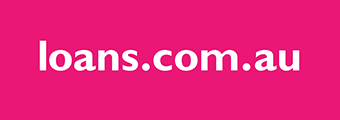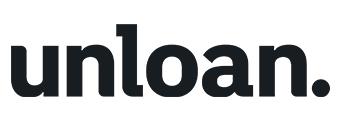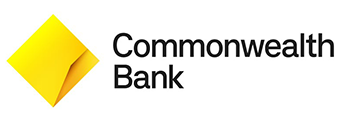The RBA monetary policy board voted 6-3 to keep the rate on hold - the first time voting numbers have been published, although they remain anonymous.
RBA governor Michele Bullock said the July decision was more about "timing" rather than direction.
Big bank economists and markets were almost unanimous in forecasting a July cash rate cut but Tuesday's decision is a reminder that ultimately it's up to the RBA to determine Australia's monetary policy.
Many economists tipped a July rate cut would be on the cards after lower-than-expected inflation figures for May.
The RBA's preferred measure of underlying inflation came in at 2.4%, down from 2.8% in April.
This was followed up by weak retail trade data last week.
See also: ANZ joins the line up: Now predicting a July rate cut
RBA board 'cautious' on inflation
But the RBA decided against back-to-back cuts to the cash rate which would have been Australia's first since the pandemic.
Ms Bullock said the board believed inflation is higher than what recent figures suggest.
"A lot of people focused on the [May] headline CPI number, 2.1%, but we don't think inflation, in a sustainable way, is that low. We think it's higher," she told a post-meeting media conference.
The few economists who predicted the RBA would hold the rate in July had argued that more data was needed to cut rates again after the last cut in May.
This includes the RBA's preferred quarterly inflation data which is due to be released on 30 July.
Ms Bullock acknowledged the board "liked to see" the quarterly CPI data and was being "cautious" - an approach she said had been "working so far".
'Global developments' focus of meeting
Ms Bullock also said global uncertainty "took up a lot" of time at the board's meeting over the past two days.
She referred directly to the US trade tariffs, the effects of which "remain unknown" but she believed trade policy developments are still expected to have an adverse effect on global economic activity.
"The likelihood of a severe downside scenario associated with a trade war, which we set out in our May statement, that likelihood has abated," she said.
"But this is a very fluid situation, and we will continue to watch the data here and overseas very closely to see how things play out."
While the board was meeting on Monday, US President Donald Trump once again shifted the tariff goalposts, announcing his tariff regime would now take effect on 1 August and changing tariff rates to several countries.
Markets got ahead of themselves
Only a month ago, many commentators were tipping a hold in the cash rate for July with the next rate cut more likely in the RBA's meeting on 11-12 August.
This was certainly the view of the majority of the big bank economists, apart from NAB which had always seen a July rate cut.
Westpac's chief economist Luci Ellis, a former RBA assistant governor, originally said it wasn't the style of the current RBA board to deliver back-to-back rate cuts (she was right).
But she changed her tune when the May inflation figure was released, describing a July cash rate cut as "a shoo in".
Bond markets had also factored in a 97% chance of 25-basis point cut to the cash rate, taking it to 3.60%.
Where to now?
With a July cut to the cash rate ruled out, odds will be almost unbackable for an August cash rate cut.
By this time, the RBA monetary policy board will have more economic data and maybe have a clearer picture of US trade tariffs.
Mortgage holders will have to wait until next month to learn if they'll receive a third interest rate cut for 2025, after falls in February and May.
So far, the big banks say only around in ten home borrowers have dropped their loan repayments after previous cash rate cuts.
Ms Bullock was adamant the board was not keeping interest rates high "just in case".
"We are reacting to domestic inflation data and the employment data and trying to find our way through it," she said.
"When I say we've got room to move if we need to, it's addressing the fact everyone knows there's this big chunk of uncertainty out there to do with the trade situation at the moment."
Image by David Peterson via Pexels
Advertisement
If you're in the market for a home loan, the table below features some of the most competitive interest rates on the market.
| Lender | Home Loan | Interest Rate | Comparison Rate* | Monthly Repayment | Repayment type | Rate Type | Offset | Redraw | Ongoing Fees | Upfront Fees | Max LVR | Lump Sum Repayment | Extra Repayments | Split Loan Option | Tags | Features | Link | Compare | Promoted Product | Disclosure |
|---|---|---|---|---|---|---|---|---|---|---|---|---|---|---|---|---|---|---|---|---|
5.84% p.a. | 5.88% p.a. | $2,947 | Principal & Interest | Variable | $0 | $530 | 90% |
| Promoted | Disclosure | ||||||||||
5.69% p.a. | 5.60% p.a. | $2,899 | Principal & Interest | Variable | $0 | $0 | 80% |
| Disclosure | |||||||||||
5.69% p.a. | 5.82% p.a. | $2,899 | Principal & Interest | Variable | $null | $300 | 60% | |||||||||||||
5.69% p.a. | 6.03% p.a. | $2,899 | Principal & Interest | Variable | $0 | $530 | 90% |
| Disclosure |
First published in July 2025
Collections: Cash Rates RBA







Share